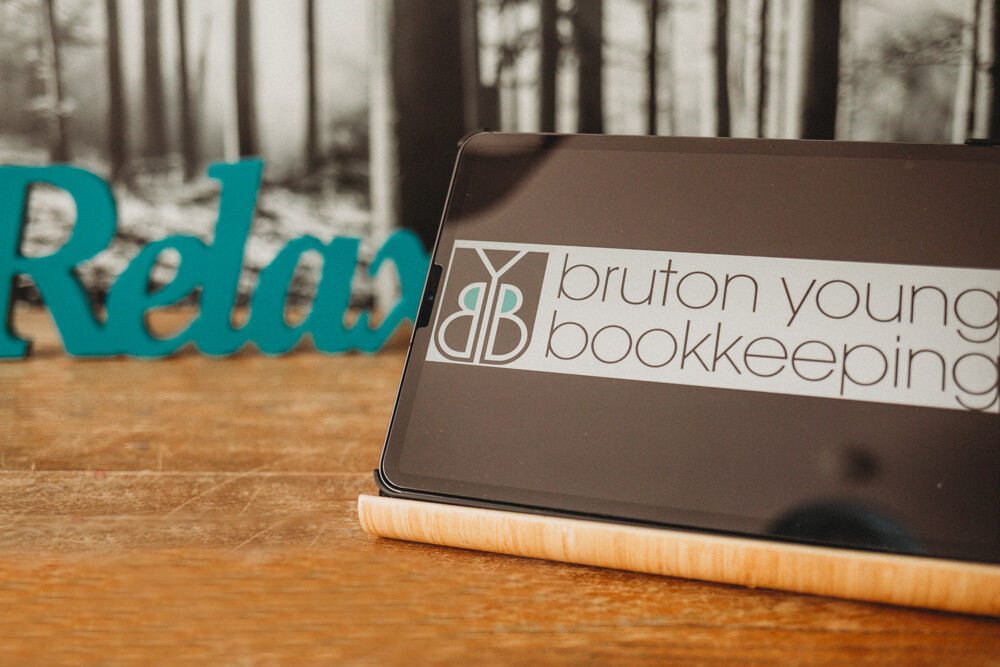Running a small business comes with risk. There is good risk, probably including how you took that leap of faith to set up the business in the first place, and bad risk, which could potentially smash your business into pieces. By minimising risk and understanding what risks to take, we can look after the business we created, any employees we have working for us and the future of the company.
Understanding the different types of risk is important. There are some which will be a small irritation to your day should they happen, whilst others will be catastrophic and life changing. One of the things you can do is a SWOT analysis. This helps you to understand the Strengths, Weaknesses, Opportunities and Threats associated with your business. Weaknesses and Threats are areas that you likely need to take care of and keep an eye on. Minimise the risk of these areas to your daily workflow and if you can, eliminate them. The exercise also helps you to discover your Strengths and Opportunities, which is a good thing to focus on once you’ve minimised areas which could damage your business.
There are some areas of running a business which will always come with risk. Damage to your property and injuries in the office could be common place. These need risk management strategies put in place which might include security cameras, alarms and a risk assessment on the layout of your office setting. Risks could even include natural disasters. We’ve recently seen wild fires destroying huge parts of Australia and here in the United Kingdom we see cities, towns and villages affected by flooding. How ready would your business be if something happened?
You need to be prepared for risk and preparation includes minimising potential risks and the impact they’d have on your business should they happen. Check that your professional indemnity and public liability insurance is in place, you never know when you might need to be covered!
Risk also includes taking risks within your business. Where should you invest time and money. Should the business move to larger office space. What risk would that involved in a monetary sense? Growing a business can often lead to the demise of said business as they cannot afford the extra bills and payments. Having a decent bookkeeper on your side can help you plan your goals and drop the level of risk with an eye on the future.
Risk management procedures should be put in place, communicated to everyone in the company and also revisited on a regular basis. They aren’t just a one-time deal. You need to see what needs changing, challenging and altering as time goes by. Sometimes risk is good, it keeps us on our toes and fills us with adrenaline. Risk can also ruin the world as you know it. Be prepared, have procedures put in place should things happen. Know what will happen and what you’ll do should you lose a client and your cash flow gets hit. Have a plan in place should damage be done to your brand, or a brand you’re working with. Embrace a culture of risk awareness across your business, from the top down. Without this in place, the simplest issue can go from a week long headache to closing the company doors.


